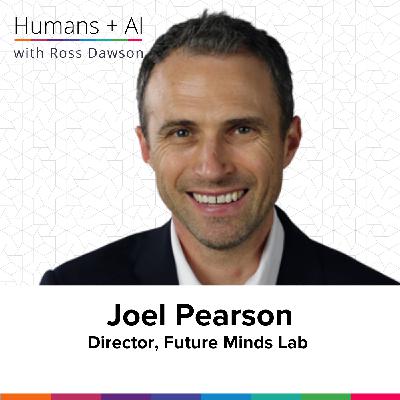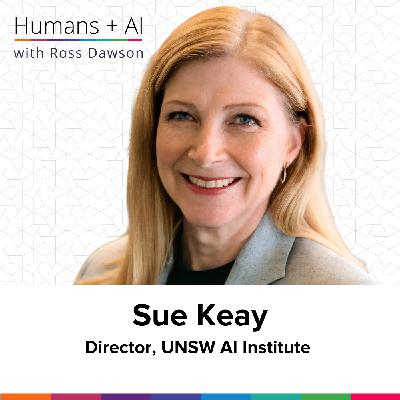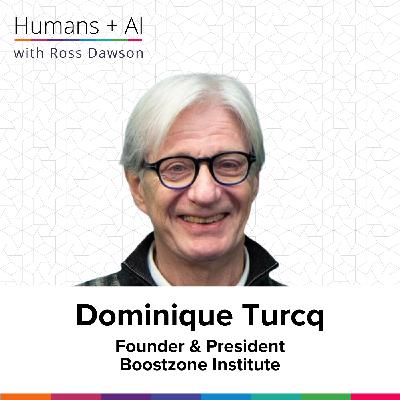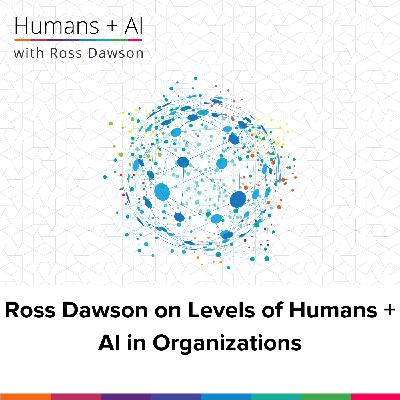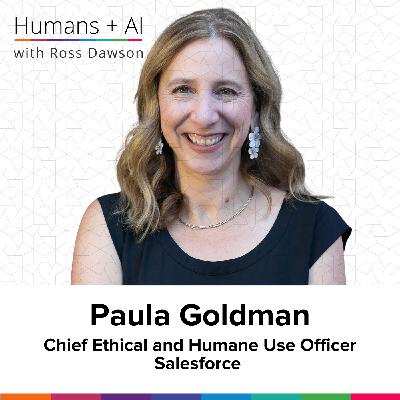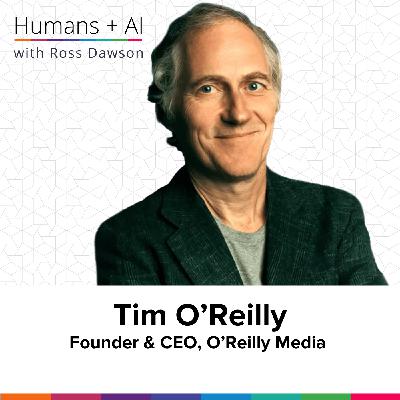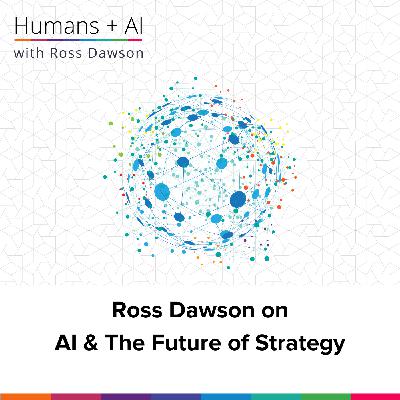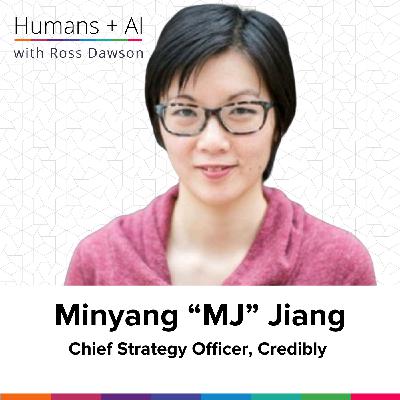Brian Kropp on AI adoption, intrinsic incentives, identifying pain points, and organizational redesign (AC Ep17)
Description
“If you’re not moving quickly to get these ideas implemented, your smaller, more agile competitors are.”
–Brian Kropp

About Brian Kropp
Brian Kropp is President of Growth at World 50 Group. Previous roles include Managing Director at Accenture, Chief of HR Research at Gartner and Practice Leader at CEB. His work has been extensively featured in the media, including in Washington Post, NPR, Harvard Business Review, and Quartz.
What you will learn
Driving organizational performance through AI adoption
Understanding executive expectations versus actual results in AI performance impact
Strategies for creating effective AI adoption incentives within organizations
The importance of designing organizations for AI integration with a focus on risk management
Middle management’s evolving role in AI-rich environments
Redefining organizational structures to support AI and humans in tandem
Building a culture that encourages AI experimentation
Empowering leaders to drive AI adoption through innovative practices
Leveraging employees who are native to AI to assist in the learning process for leaders
Learning from case studies and studies of successful AI integration
Episode Resources
Transcript
Ross Dawson: Brian, it’s wonderful to have you on the show.
Brian Kropp: Thanks for having me, Ross. Really appreciate it.
Ross: So you’ve been doing a lot of work for a long time in driving organizational performance. These are perennials, but there’s this little thing called AI, which has come along lately, which is changing.
Brian: You might have heard of it somewhere. I’m not sure if you’ve been alive or awake for the last couple of years, but you might have heard about it.
Ross: Yeah, so we were just chatting before, and you were saying the pretty obvious thing, okay, got AI. Well, it’s only useful when it starts to be used. We need to drive the adoption. These are humans, humans who are using AI and working together to drive the performance of the organization. So love to just hear a big frame of what you’re seeing in how it is we drive the useful use of AI in organizations.
Brian: I think a good starting point is actually to try to take a step back and understand what is the expectation that executive senior leaders have about the benefit of these sorts of tools.
Now, to be honest, nobody knows exactly what the final benefit is going to be. There is definitely guesswork around. There are different people with different expectations and all sorts of different viewpoints on them, so the exact numbers are a little bit fuzzy at best in terms of the estimates of what performance improvements we will actually see.
But when you think about it, at least at kind of orders of magnitude, there are studies that have come out. There’s one recently from Morgan Stanley that talked about their expectation around a 40 to 50% improvement in organizational performance, defined as revenue and margin improvements from the use of AI tools.
So that’s a really big number. It’s a very big number.
When you do analysis of earnings calls from CEOs and when they’re pressed on what their expectation is, those numbers range between 20 and 30%. That’s still a really big number, and this is across the next couple of years, so it’s a timeframe.
What’s fascinating is that when you survey line executives, senior executives—so think like vice president, people three layers down from the CEO—and you look at some of the actual results that have been achieved so far, it’s in that single digits range.
So the challenge that’s out there, there’s a frontier that says 50, CEOs say 30, the actualized is, call it five. And those numbers, plus or minus a little bit, are in that range.
And so there’s enormous pressure on executives in businesses to actually drive adoption of these tools. Not necessarily to get to 50—I think that’s probably unrealistic, at least in the next kind of planning horizon—but to get from five to 10, from five to 15.
Because there are billions of dollars of investments that companies are making in these tools. There are all sorts of startups that they’re buying. There are all sorts of investments that they’re making.
And if those executives don’t start to show returns, the CFO is going to come knocking on the door and say, “Hey, you wrote a check for $50 million and the business seems kind of the same. What’s up with that?” There’s enormous pressure on them to make that happen.
So if you’re, as an executive, not thinking hard about ho


